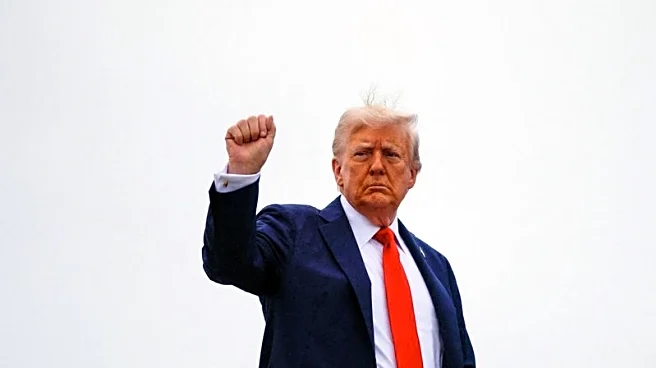What's Happening?
The U.S. Commerce Department has initiated a Section 232 investigation into the importation of medical equipment and devices, assessing their impact on national security. This investigation, announced in a Federal Register notice, covers a wide range of healthcare-related products, including surgical masks, PPE, syringes, intravenous bags, pacemakers, blood glucose monitors, wheelchairs, and hospital beds. The agency is evaluating U.S. demand, domestic manufacturing capacity, and the effects of foreign trade practices on the sector. The investigation will also consider whether tariffs or quotas should be implemented to protect national security. This move is part of a broader scrutiny by the Trump administration, which has previously imposed tariffs on steel, aluminum, cars, and auto parts.
Why It's Important?
The investigation could lead to significant changes in the medical equipment sector, potentially affecting prices and availability of essential healthcare products in the U.S. If tariffs or quotas are imposed, domestic manufacturers might benefit from reduced competition, but healthcare providers could face higher costs for imported equipment. This could impact hospitals and clinics that rely on affordable imports to manage costs. The investigation reflects ongoing concerns about national security and the reliance on foreign-made medical products, especially highlighted during the COVID-19 pandemic when PPE shortages were prevalent.
What's Next?
Following the publication of the notice, the Commerce Department will open a 21-day comment period for industry stakeholders to provide input. This feedback could influence the investigation's outcome and any subsequent policy decisions. Stakeholders, including manufacturers, healthcare providers, and trade groups, are likely to engage actively in this process to protect their interests. The investigation's findings could lead to policy changes that reshape the medical equipment import landscape, with potential implications for trade relations and healthcare costs.











